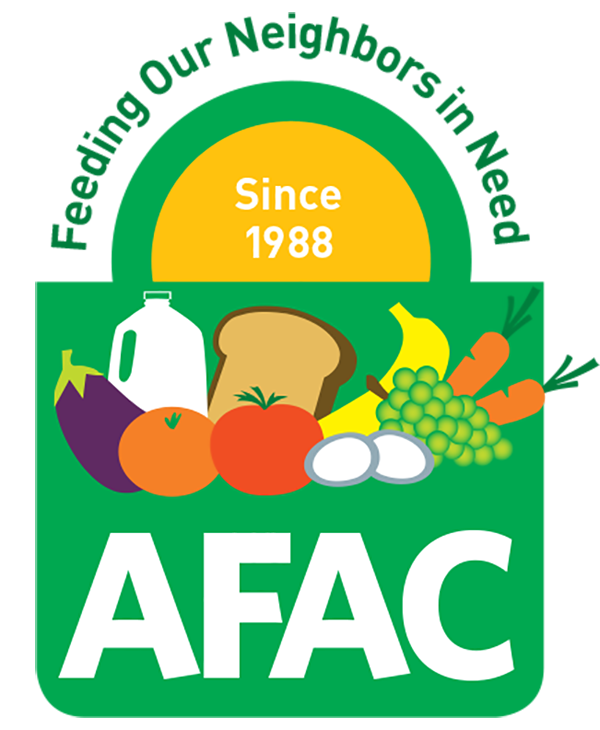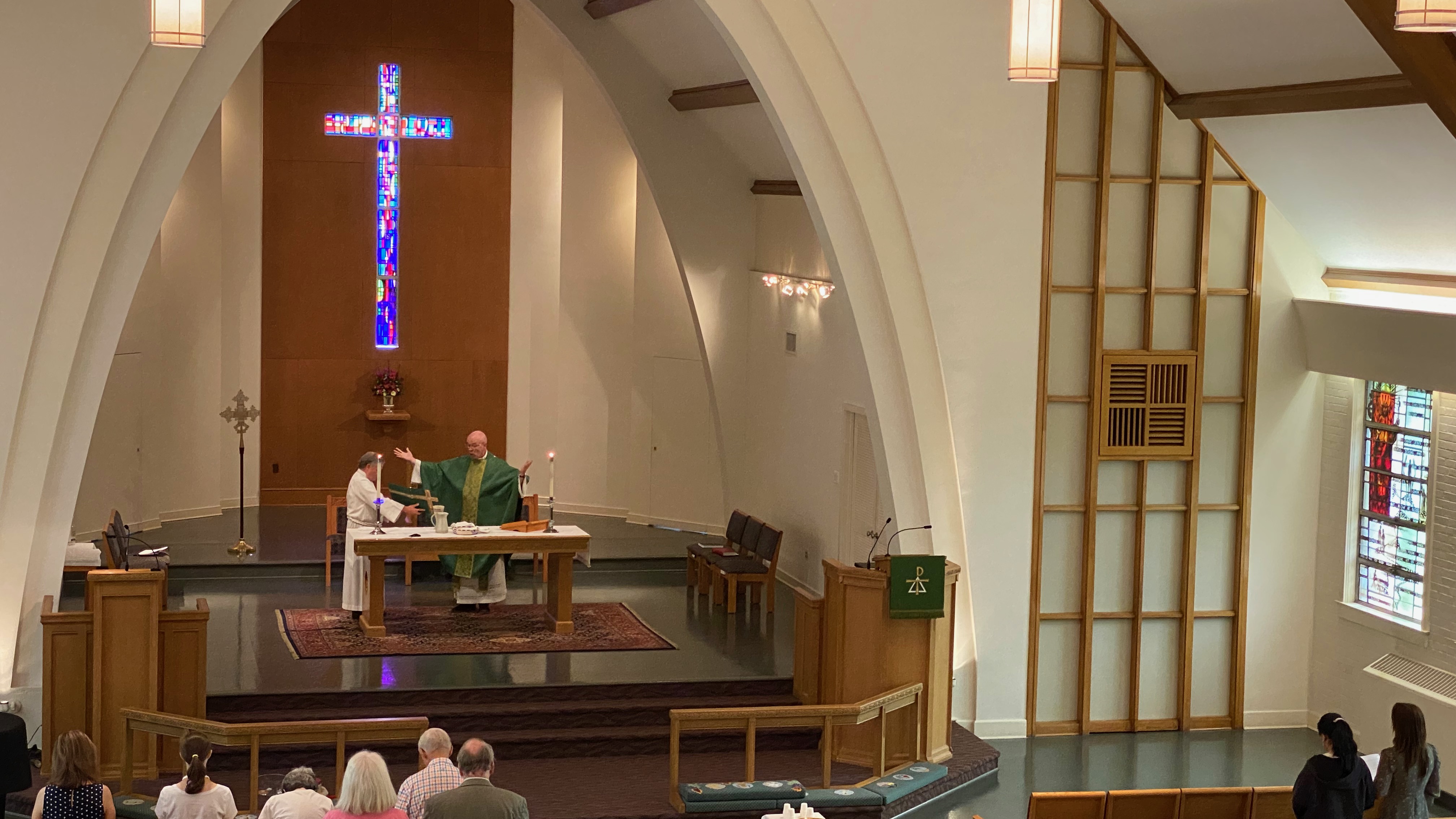Hymn of the Day: “Let Streams of Living Justice” ELW 710
Text: William Whitla (1934)
Tune: THAXTED, Gustav Holst (1874-1934)
William Whitla wrote this hymn text in 1989. It was published in Sing Justice! Do Justice! (1998), a collection of hymns that "grew out of a formal search for hymns on justice sponsored by the organizations Alternative for Simple Living and The Hymn Society in the United States and Canada. It had four stanzas.
Evangelical Lutheran Worship, not the only hymnal to do so, prints three of the four by omitting the second. Whitla is "not very keen" on this move, which he views as "cutting out both the too incarnational and the too feminine images." Here is what he says about the hymn:
"I wrote the hymn in 1989 just after the events in Tiananmen Square, and when the Mothers of the Disappeared in Argentina were bringing their campaign to the conscience of the world. At the same time, the religious and racial disputes in Ireland, Israel-Palestine, the Congo and other parts of Africa, and in Canada and many other countries over First Nation or Aboriginal rights all seemed impossible to solve. Unfortunately, similar events are still replayed, and only too-similar images in the Near East, Irag, Afghanistan, and now Somalia- not to mention the school shootings at home-recur and are now extended well beyond those earlier sad happenings. So I used some images from those events, especially in verse two, seen through echoes of the holocaust, to tell of the bad news before the Good News of verses three and four. Subsequent events only sharpened those images, alas. To me all of these parts are needed for a full expression of the biblical promises of hope and justice so long awaited, including the too-common images of both the child with the gun and the old ones dreaming for peace."
Here is stanza 2:
The dreaded disappearance of family and friend;
the torture and the silence- the fear that knows no end;
the mother with her candle, the child who holds a gun,
the old one nursing hatred- all seek release to come.
Each candle burns for freedom; each lights a tyrant's fall;
each flower placed for martyrs gives tongue to silenced call.
The tune, THAXTED, was originally set to the text "I vow to thee, my country" and then used for others. That it is a splendid melody is clear. Whether it is a congregational one is less clear. Like Parry's JERUSALEM (#711-for which Whitla has written "O dream of peace,") is the melody more orchestral than congregational, with problems of length, range and Anglophilia?
Choral Music for All Saints: REQUIEM, for Choir, Soprano and Baritone solo Eleanor Daley
Eleanor Daley (1955) is a Canadian composer of choral and church music, a church choir director, choral clinician and accompanist. She lives and works in Toronto, Ontario. Among her best-known works are The Rose Trilogy and Requiem. Eleanor Daley began composing as a result of practical need. “I fell into composing quite by accident. I was sick and tired of the one book of introits that was available for the church choir, and so I began writing my own.” As she did not intend to compose, her formal study is limited to one required class during her time at university. Daley found that she greatly enjoyed writing for her choir, and decided to write a new introit every week. This evolved into the composition of descants, psalm settings and pieces for full choir. Despite several awards and over 100 pieces in print, she humbly describes herself as self-taught and still learning.
Set to texts by poets Clare Harner (“Do Not Stand At My Grave And Weep”) and Carolyn Smart (“The Sound Of The Birds”), and passages from the Hebrew and Christian Bibles, her Requiem serves as a celebrative exploration of life.
Daley is the recipient of numerous commissions. Her compositions have been widely performed, recorded, and aired throughout North America, Great Britain, Europe, South Africa, and the Far East.
Daley’s awards include the Association of Canadian Choral Conductors’ 1994 and 2004 National Choral Award for Outstanding Choral Composition of the Year, as well as three first place awards in the Amadeus Choir Carol Competition. She is the first Canadian composer to be commissioned by the American Choral Director’s Association Regional Conventions (2008), and her works have been featured on award winning recordings.
1. Requiem aeternam I
Requiem aeternam dona eis, Domine.
Grant them rest eternal, Lord our God, we pray to Thee.
— From Missa pro defunctis
Each night I listened for your call, when your call stopped I held my breath, suspended,
I'd grow accustomed to a dialogue with silence,
then wait for the sounds of night
you, dying,
and I but witness to the end
— From The Sound of the Birds*
2. Out Of The Deep
Out of the deep have I called unto Thee, O Lord: Lord, hear my voice.
O let Thine ears consider well: the voice of my complaint.
If Thou Lord wilt be extreme to mark what is done amiss: O Lord, who may abide it?
For there is mercy with Thee: therefore shalt Thou be feared.
I look for the Lord: my soul doth wait for Him: and in His word is my trust.
My soul fleeth unto the Lord; before the morning watch, I say, before the morning watch.
O Israel, trust in the Lord, for with the Lord there is mercy: and with Him is plenteous redemption.
And He shall redeem Israel from their sins.
— Psalm 130
3. And God Shall Wipe Away All Tears
I heard a voice out of heaven saying, "Behold, the dwelling of God is with all people and God shall dwell with them and they shall be God's people. God shall be with them and the voice of weeping shall no more be heard; and God shall wipe away all tears from their eyes, and there shall be no more death, neither sorrow, nor crying, neither shall there be any more pain, for the former things are passed away."
— Revelation 21:3,4
Lux aeterna luceat eis, Domine.
Light eternal shine upon them, Lord.
— From Missa pro defunctis
I am the resurrection and the life, saith the Lord: he that believeth in me, though he were dead, yet shall he live: and whosoever liveth and believeth in me shall never die.
— From the Burial Service
1662 Book of Common Prayer
4. In Remembrance
Do not stand at my grave and weep. I am not there, I do not sleep.
I am a thousand winds that blow, I am the diamond glint on snow, I am the sunlight on ripened grain, I am the gentle morning rain.
And when you wake in the morning's hush, I am the sweet uplifting rush of quiet birds in circled flight. I am the soft stars that shine at night.
Do not stand at my grave and cry, I am not there, I did not die.
— Anonymous
5. I Heard A Voice From Heaven
I heard a voice from heaven saying unto me,
"Blessed are the dead who die in the Lord, for they rest from their labours: even so saith the spirit."
— From the Burial Service
1662 Book of Common Prayer
6. Thou Knowest, Lord
In the midst of life we are in death.
Thou knowest, Lord, the secrets of our hearts; shut not Thy merciful ears to our prayer; but spare us, Lord most holy, O God most mighty, O holy and merciful Saviour, Thou most worthy Judge Eternal, suffer us not, at our last hour, for any pains of death to fall from Thee.
— From the Burial Service
1662 Book of Common Prayer
7. Requiem aeternam II
Requiem aeternam dona eis, Domine, dona eis sempiternam requiem.
Grant them eternal rest, Lord our God, we pray to Thee, grant them everlasting rest.
— From Missa pro defunctis
The stillness is a room I've moved into, and you are not here, you are gone
the dark heart of a night without song
— From The Sound of the Birds*
8. In paradisum
Go forth upon Thy journey from this world, O Christian soul, in the name of God the Father, the Son and Holy Spirit, in company with the blessed angels and archangels and all the heavenly host. May Thy portion this day be in peace and Thy dwelling place in Jerusalem.
— From a Russian Benediction
In paradisum deducant angeli, in tuo adventu suscipiant te martyres, et perducant te in civitatem sanctam Jerusalem. Chorus angelorum te suscipiat, et cum Lazaro quondam paupere, aeternam habeas requiem.
May the angels receive Thee in paradise. At Thy coming may the martyrs receive Thee and bring Thee into the Holy city Jerusalem. May the choir of angels receive Thee and with Lazarus, once a beggar, may Thou have eteral rest.
— From Missa pro defunctis
Requiem aeternam dona eis, Domine, dona eis sempiternam requiem.
Grant them eternal rest, Lord our God, we pray to Thee, grant them everlasting rest.
— From Missa pro defunctis
* The Sound of the Birds appears in Carolyn Smart's The Way To Come Home, Brick Books, London. Ontario. 1992






